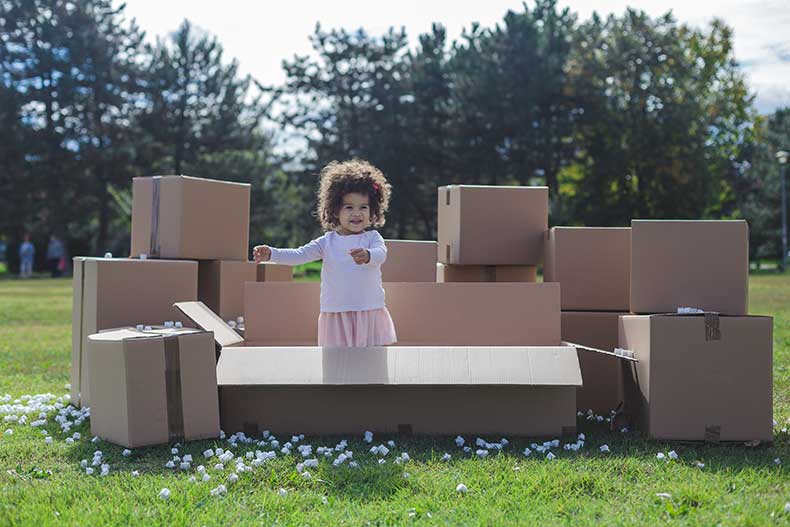Consider all your most valuable belongings that you make sure to keep safely in your house. Image albums. Heirloom jewelry. Your financial files. In some way, though, many individuals think nothing of tossing those in a box and packing them onto a moving truck.
There are some things that you can't put on a moving truck-- since it's unlawful.
While we like to assume that whatever will end up at the location in one piece, there are still some things that it's best not to risk putting on a moving truck. Stuff happens: The truck may get burglarized when it sits overnight; severe weather condition changes can damage specific items; or you may end up with a dishonest mover. more info at this website
Here are five categories of products that the professionals recommend you need to not place on a moving truck.
1. Products of Worth
We're talking great precious jewelry, watches, your unique antiques and other small keepsakes.
" Any items of specific worth-- whether economic or nostalgic-- need to remain with you throughout a relocation, instead of enter into a box and wind up from your sight," says David Hauslaib, an owner of Greystone Relocation Concierge.
2. Crucial Papers
Technically these are "products of worth," as in, see what does it cost? a passport deserves when you need it and can't find it, however here we're talking those hard-to-replace papers. You understand: passports, licenses, wills, checkbooks, charge card, BANK CARD, insurance information, birth or marital relationship certificates, Social Security cards, banking and tax records, oral and medical records, prescriptions, and job-related hard copies.
" While most moving business have exceptional records regarding loss and damage, in the not likely event something were to vanish, you would not wish to risk it being an irreplaceable or difficult-to-replace document," says Hauslaib.
In addition keep with you any documents you may require to access as part of your relocation, such as contracts and phone numbers.
3. Wine
Well you probably want simple access, since you are going to wish to pop a bottle as quickly as you are done moving, however that's actually not why you should not put wine on a moving truck.
Unless you're moving an exceptionally short distance, wine should just be transported in a climate-controlled automobile, cautions Hauslaib.
" As all of us know, temperature and humidity changes can cause damage to wine, and the inside of a truck will certainly be warmer than your wine fridge or perhaps the ambient temperature of your home," he says.
Unless the wine is of low worth-- in other words, you won't weep if it ruins-- it's constantly safest to transfer wine and champagne (stogies too!) in an environment that preserves safe temperature level and humidity controls.
4. Liquids
Yes, wine is a liquid, which's one factor it can't be moved. Wine is not the only liquid that shouldn't be on a moving truck, states Ori Siri-Princz, long-distance moving supervisor at Oz Moving & Storage.
While there are some liquids, like cleaners or aerosol container, that can't be moved, Siri-Princz says they dissuade moving any liquids due to the fact that of prospective damage. Containers can easily be broken in transit, which causes the liquids to leakage. Then, considering that all your items are loaded close together on a moving truck, the leaking liquid can harm other personal belongings, specifically electronics or clothing.
5. Stuff You Need as Soon as You Get There
You made record time and revealed up before your stuff. Yes, it happens.
What then? No modification of clothing. No bedding. No towels. And do not even get us began on the fall out when you disregard to put your child's favorite packed animal in your carry-on.
For other ideas of helpful stuff to have with you, take a look at this post about the vital to load in your "open first box."
In some way, however, numerous people think absolutely nothing of tossing those in a box and filling them onto a moving truck.
While there are some liquids, like cleaners or aerosol cans, that cannot be moved, Siri-Princz states they dissuade moving any liquids due to the fact that of potential damage. Containers can easily be broken in transit, which triggers the liquids to leakage. Given that all your items are loaded close together on a moving truck, the dripping liquid can harm other valuables, particularly electronic devices or clothing.
And do not even get us started on the fall out when you overlook to put your child's preferred packed animal in your carry-on.
